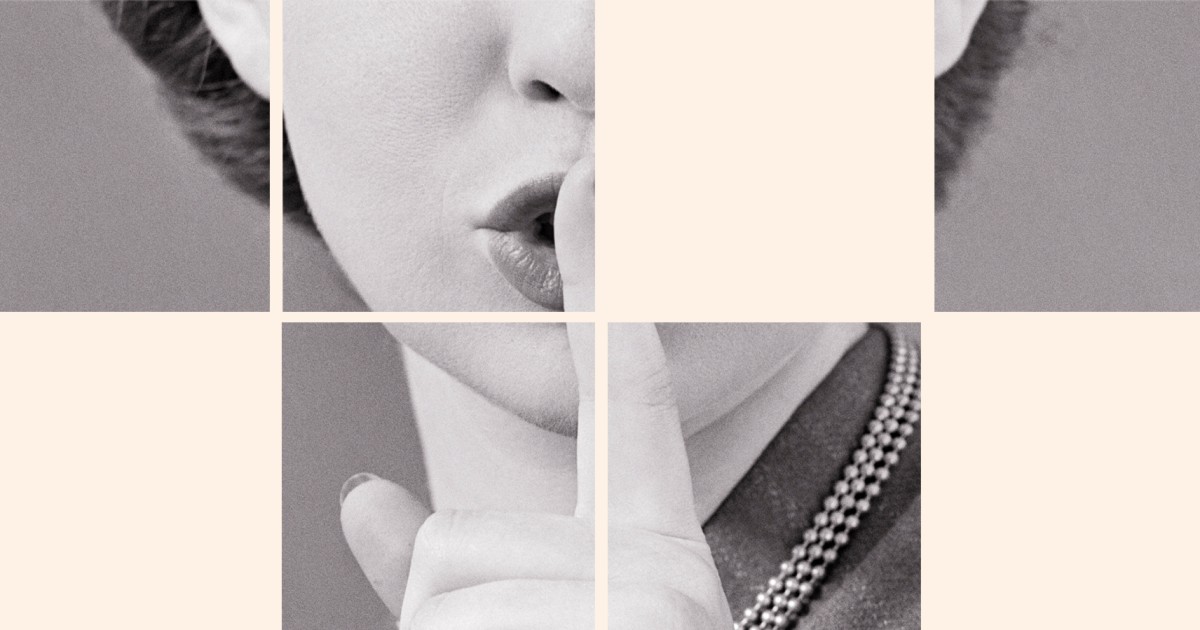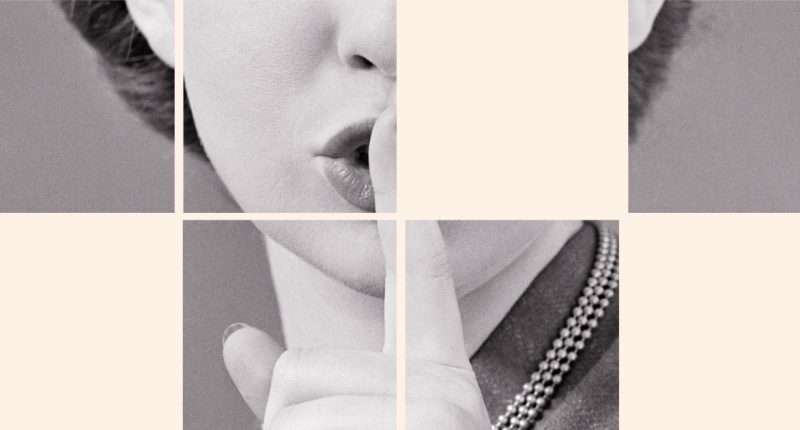
Posting to Instagram can be a stressful experience for Ila Kumar.
There’s a lot she thinks about: Has she posted recently? Will it get enough likes? Will her friends feel like they have to comment?
To alleviate those pressures, she turns to what is now sometimes called the sneaky post, in which she uses the platform’s archive function to avoid appearing in the app’s primary feed of pictures.
“That is a very crazy way to think, but I totally think that,” said Kumar, a 20-year-old college student in New York state.
An effective sneaky post is simple: A user posts a photo like normal, then quickly archives the picture with the intent of unarchiving it days or weeks later. Once unarchived, it’s added to that person’s grid — the layout on their profile that shows the photos they’ve uploaded to Instagram. That grid is highly curated by many users as part of their public persona.
Though most followers probably won’t see them, these sneaky posts serve as Easter eggs for anyone who takes the time to visit their profile.
“There is comfort in knowing that your post isn’t going to get engagement and it’s just sort of there for the sake of being on your profile,” Henryk Kessel, 20, said of the sneaky post. “But not necessarily for the sake of showing it to your followers for some kind of attention.”
The tactic is yet another example of an online cultural trend that’s grown out of the younger generations’ frequent use of social media. While many young people treat their social media profiles as extensions of themselves, they can also experience intense self-consciousness around what their posts convey.
Just as blurry photo dumps are highly — but quietly — curated to look like a smorgasbord of casual flicks, sneaky posts allow users to tightly manage their online personas while shielding them from the performance anxiety that comes with force-feeding everything they post to hundreds or thousands of followers.
Other photo-sharing platforms like Snapchat and BeReal allow for more genuine nonchalance, having leaned into instant and ephemeral posting without prioritizing engagement. But on Instagram, which Kessel calls the “most curated” digital representation of oneself, each post is often the result of careful preparation as users patiently collect multiple photos just aesthetically pleasing yet diverse enough to string together into a photo dump carousel.
Kumar said she began seeing this sneaky-posting strategy proliferate around the time Instagram began letting users choose to hide their like count in early 2021. She believes the two trends grew hand in hand as users sought new ways to post what they want without having to worry about how many people are liking and commenting each time.
She said this style of posting is reminiscent of how teenagers used VSCO, a photo-editing app that allowed posting to the public without tracking engagement metrics such as likes or comments. At its peak in the mid-to-late 2010s, the app attracted tens of millions of users and inspired viral memes.
It was common during those years to see Instagram bios populated with links to VSCO profiles, where users would post photos not quite important enough to make it onto their Instagram profile but that still fit into the aesthetic they wanted to portray online. As VSCO gradually faded from common use, sneaky posts seemed to rise to take its place.
Though some are still oblivious to the practice, Kumar said she’s noticed it becoming much more common in recent months — especially among women around her age. Sometimes, friends will leave a comment on one of her hidden posts to indicate that they’ve found it.
Sneaky posts can also be something of a security blanket. Fatima Babar, a 29-year-old early childhood educator from Texas, said she doesn’t care much for others’ opinions on what she shares, but because of the nature of her career, she understands there can be a stigma attached to any social media presence that doesn’t fit the “teacher vibe.” That’s why she’d rather not tout her less wholesome out-of-office activities to everyone she knows.
“To avoid judgments like that, I definitely archive something and then unarchive it later just so I can have it on my feed because it’s very much me and who I am as a person,” Babar said. “Because really, how many people would care to personally go on my page and stalk my feed? And if they do, that’s whatever. They’re being a fan.”
Source: | This article originally belongs to Nbcnews.com










